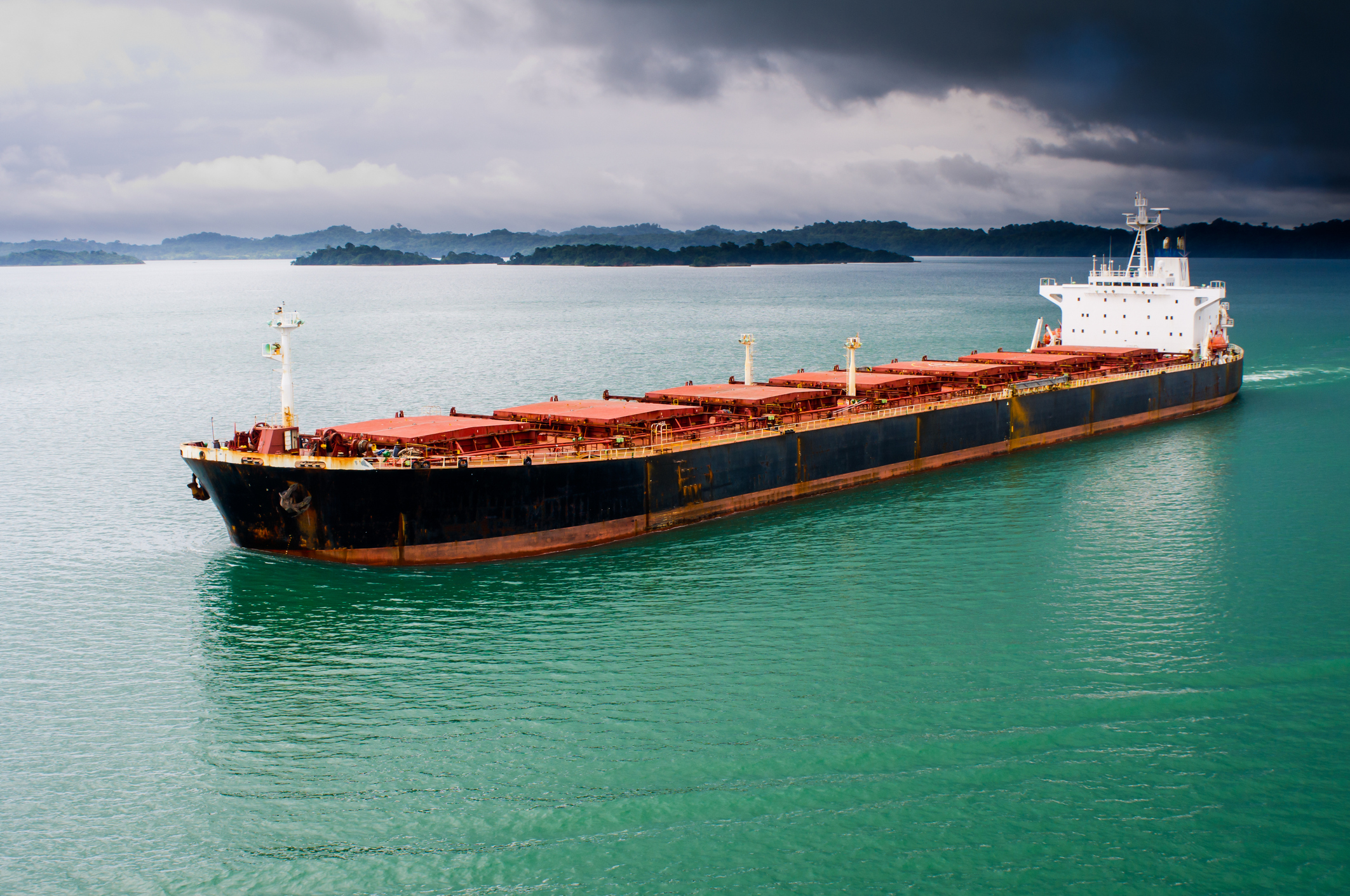The global shipping industry is navigating challenging waters as the Panama Canal, a vital maritime artery connecting the Atlantic and Pacific, grapples with its most severe drought in over half a century. As the waterway faces constraints, the fees charged to pass through the Canal have increased.
Major carriers such as Hapag-Lloyd and Cosco introduced Panama Canal Surcharges (PCC) to mitigate the impact on operations and balance out the price hikes and service disruptions. This is not the first time a drought has caused delays and increased costs, and it won’t be the last.
Understanding the Panama Canal Surcharges:
Hapag-Lloyd announced a $130 per TEU PCC scheduled to take effect on January 1st. This move reflects the industry’s response to the Canal’s reduced maximum draught, restricting vessels’ transit capabilities. In a similar vein, Cosco is gearing up to introduce a Panama Canal Low Water Surcharge (PLW) at $255 per TEU, nearly double Hapag-Lloyd’s surcharge but notably less than the $297 per TEU planned by MSC on December 15th.
Panama Canal’s Capacity Crunch:
The canal’s maximum draught has been significantly reduced from 14.9 meters to 13.4 meters, impacting the size of vessels able to navigate the waterway. Additionally, the daily transits have dwindled from the designed capacity of thirty-four to thirty-eight down to twenty-four, further decreasing to twenty-two, and projected to be as low as eighteen by February. This reduction in capacity triggered a cascading effect, leading to mounting congestion at the canal. Even if the drought subsides and the rainfall in Gatun Lake, which feeds the canal and locks, returns to normal in 2024, the restrictions will continue for months.
Current Challenges and Congestion:
With twenty container ships currently awaiting transit – nine at the Pacific entrance and eleven in the Atlantic – more ships are choosing to avoid South America and traverse the Suez Canal or go around Cape Horn. The backlog signifies the operational hurdles major carriers face and underscores the urgent need for solutions to alleviate congestion and maintain the fluidity of global supply chains. It might take days or weeks to get through the Canal, occasionally prompting some carriers to purchase reservations that other carriers can’t use through an auction that drives the price to astronomical levels.
Industry Implications:
Introducing Panama Canal Surcharges by key carriers highlights the industry’s efforts to adapt to the evolving maritime landscape. As the drought persists and congestion intensifies, stakeholders across the shipping sector must work with an expert logistics partner like Edward J. Zarach & Associates to minimize disruptions, explore alternative routes, and enhance operational resilience. If you’re looking for options that can help keep your ocean cargo moving, contact Zarach today.
